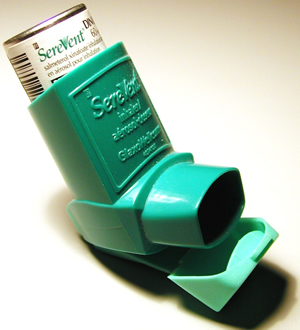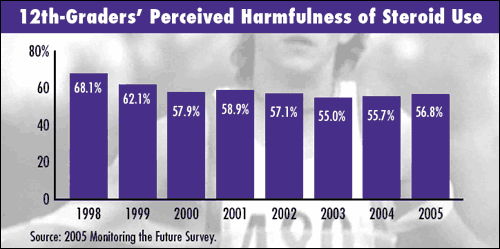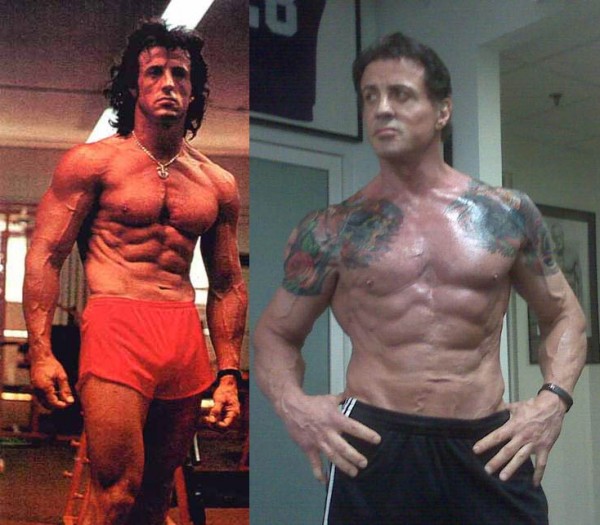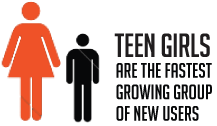In the conversation about drugs of abuse, anabolic steroids hold a unique position. They work very differently from other drugs of abuse, and they do not have the same acute effects on the brain. These are not drugs of pleasure but are drugs of function. Much has been said and is known about steroids, and most of your questions about them involve the consequences of abuse. The use and abuse of anabolic steroids are the topics of this Straight, No Chaser post.
What are anabolic steroids?
Anabolic-androgenic steroids (AAS) are synthetic compounds taken to approximate the effects of the male sex hormone testosterone. Once you understand that anabolic refers to muscle-building and androgenic refers to increased male sexual characteristics, you can infer a lot about why people take steroids and what effects they have.
Why are steroids normally taken?
There are conditions of male hormonal deficiency, such as delayed puberty, that benefit from AAS. Similarly, diseases that cause loss of lean muscle mass can be treated with AAS. Such conditions include AIDS and cancer.
What does this have to do with asthma?
Nothing. The steroids you may take to treat asthma are a completely different class of steroids with different effects. It is more appropriate to describe the drugs we’re discussing here as anabolic steroids or AAS.
How do steroids work for weightlifters?
Several types of athletes in many different sports understand that the testosterone-like effects of steroids enhance physical performance and can improve one’s physical appearance – to a limit. These abusers are taking doses sometimes between 10 and 100 times the doses used to treat medical conditions.
How are anabolic steroids taken?
- AAS are usually either taken orally or injected into the muscles. Additional preparations exist that allow them to be applied to the skin as a cream or gel.
What are “cycling” and “stacking”?
Ignoring the irony of professional cyclists being associated with illegal AAS use, if you’ve ever heard and understand the terms, you’ll know more about how steroids are taken.
- An intermittently pattern of usage helps avoid side effects and gives the body a chance to recover. Continuous use of steroids can cause the body to stop producing its own testosterone. It can also decrease the body’s responsiveness to the drugs, a phenomenon known as tolerance. Cycling in an on again, off-again pattern for weeks or months at a time helps the body avoid these consequences of use.
- Stacking refers to the use of various steroids and other pharmacological supplements to maximize effectiveness. This can work in between or in conjunction with cycling.
How Do Anabolic Steroids Affect the Brain?
The most important difference between AAS and other drugs of abuse is that AAS do not produce a “high” (i.e., it doesn’t increase the neurologically active chemical dopamine that is responsible for that feeling). Ironically, long-term use negatively affects some of the same pathways as other drugs. This results in the cranky moods, aggression (e.g. “roid rage”), and other psychiatric problems seen in some AAS abusers, without their having received the benefit of “getting high” along the way. Other symptoms in steroid abusers may include paranoid jealousy, extreme irritability, delusions, and impaired judgment stemming from feelings of invincibility.
Are steroids addictive?
Yes. This fact has been demonstrated in animals as well as humans. In addition to addictive pursuit of the drug, destruction of one’s social structure to obtain the drug is often seen. Further evidence of addiction is shown in the withdrawal symptoms experienced. These can include mood swings, cravings, reduced sex drive, insomnia, restlessness, fatigue and loss of appetite. The mood swings are particularly concerning because they can involve depression and lead to suicide.
What are the other health effects of anabolic steroids?
Anabolic steroid abuse is a serious condition and involves more than acne, fluid retention (resulting in weight gain), balding and shrunken testicles. There are serious and irreversible health issues that result from steroid abuse including the following:
- Cardiovascular problems – abnormal enlargement of the heart, high blood pressure, and increased blood cholesterol leading to an increased risk of stroke and heart attack, even in young people.
- Kidney damage and/or failure
- Liver damage
- It’s important to note an increased risk of contracting HIV/AIDS and/or hepatitis associated with steroid use and improper use of needles.
Anabolic steroid also is notable for certain gender and age-specific effects:
- Adolescents may experience stunted growth due to premature maturation of the skeleton. Combined with accelerated puberty changes, kids can run the risk of not reaching expected height if steroid use precedes their adolescent growth spurt.
- Men may experience shrinkage of the testicles (testicular atrophy), reduced sperm count or infertility, baldness, development of breasts (gynecomastia) and an increased risk for prostate cancer.
- Women may experience growth of facial hair (hirsutism), male-pattern baldness, changes in or cessation of the menstrual cycle, enlargement of the clitoris and a deepened voice.
The decision to start taking anabolic steroids is a serious one, fraught with danger and complications. There are many other safe and effective ways to achieve your physical and performance objectives. Think twice.
Feel free to ask any questions you may have on this topic.
Order your copy of Dr. Sterling’s new book Behind The Curtain: A Peek at Life from within the ER at jeffreysterlingbooks.com, iTunes, Amazon, Barnes and Nobles and wherever books are sold.
Thanks for liking and following Straight, No Chaser! This public service provides a sample of what http://www.SterlingMedicalAdvice.com (SMA) and 844-SMA-TALK offers. Please share our page with your friends on WordPress, like us on Facebook @ SterlingMedicalAdvice.com and follow us on Twitter at @asksterlingmd.
Copyright © 2016 · Sterling Initiatives, LLC · Powered by WordPress













